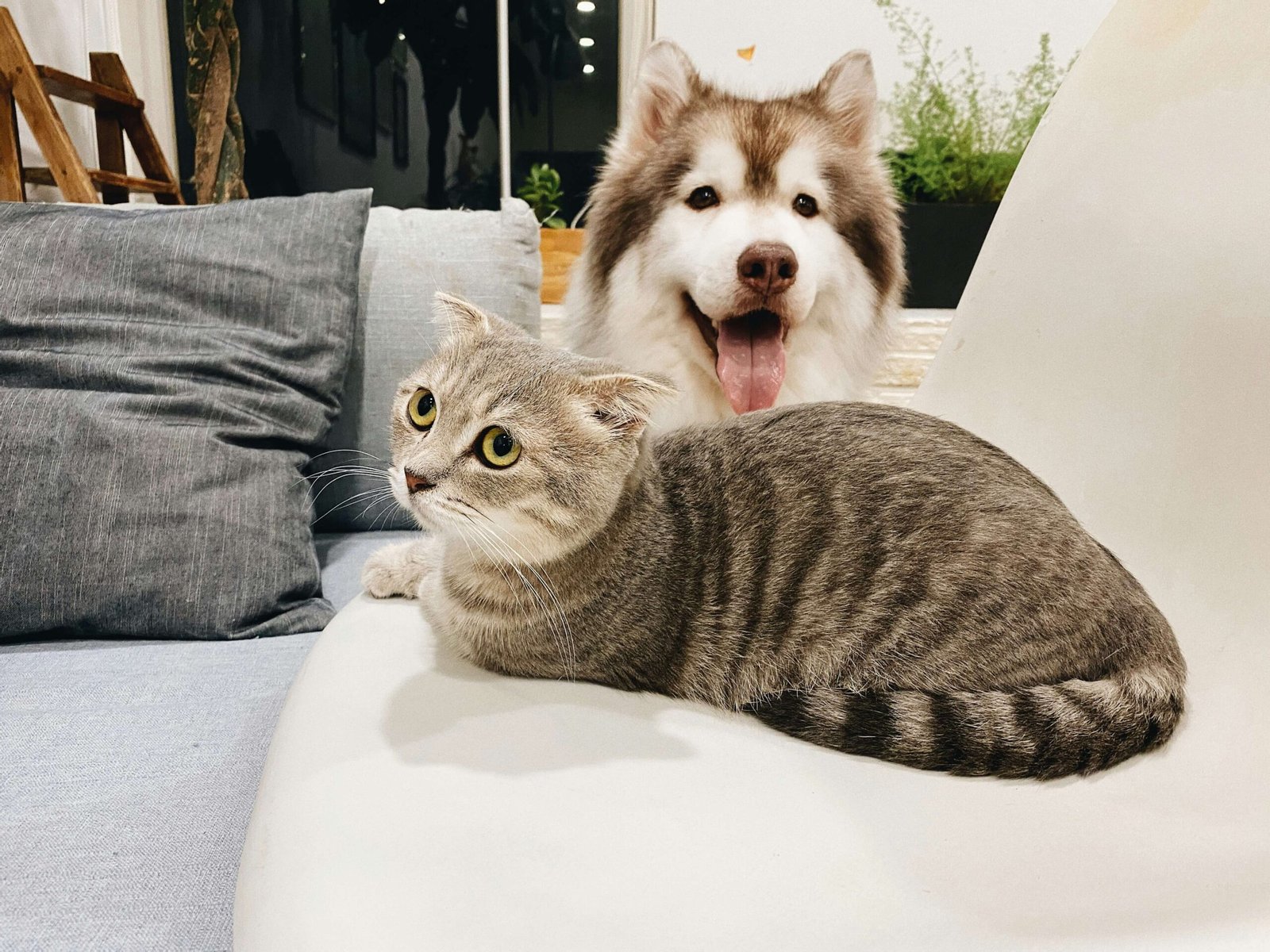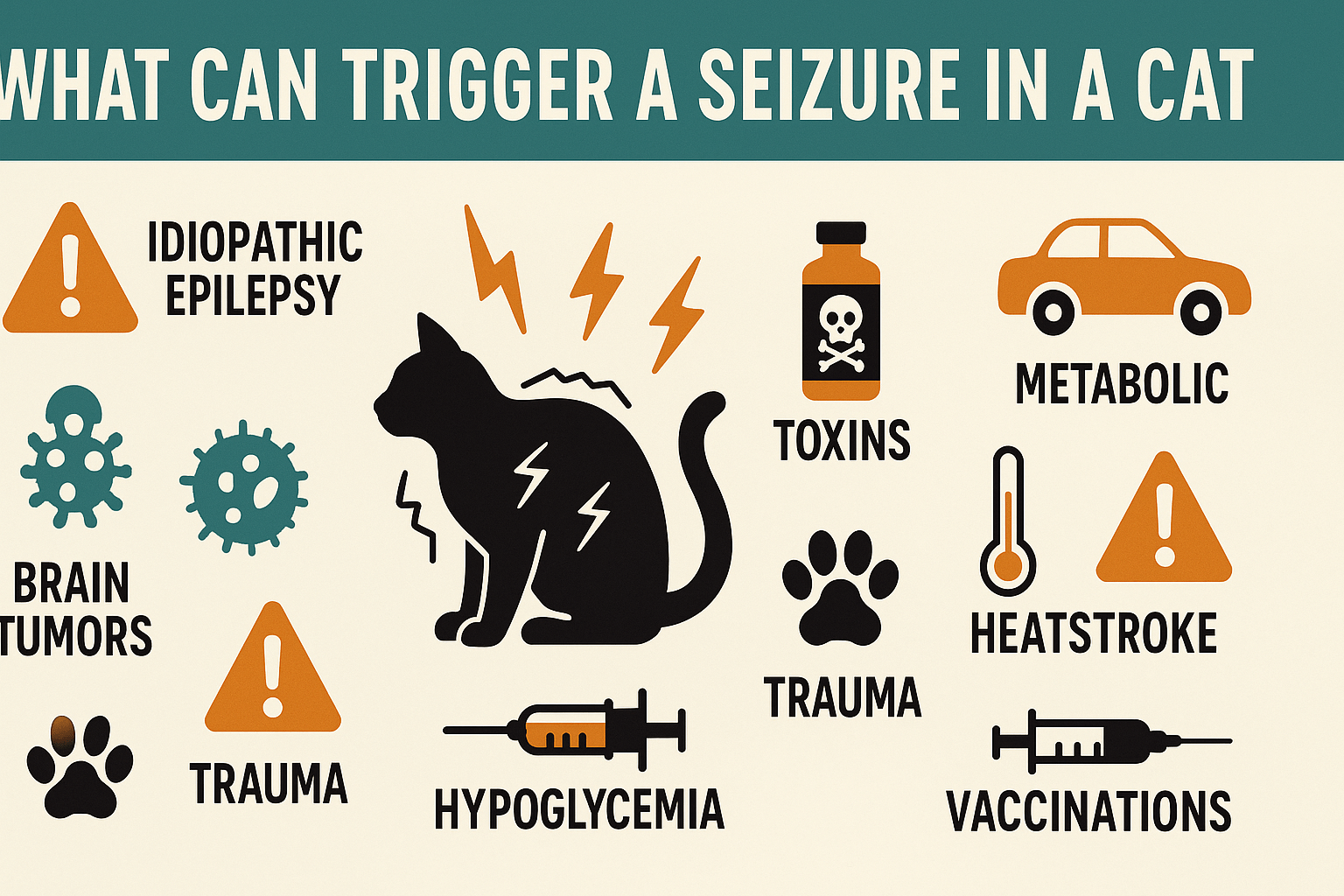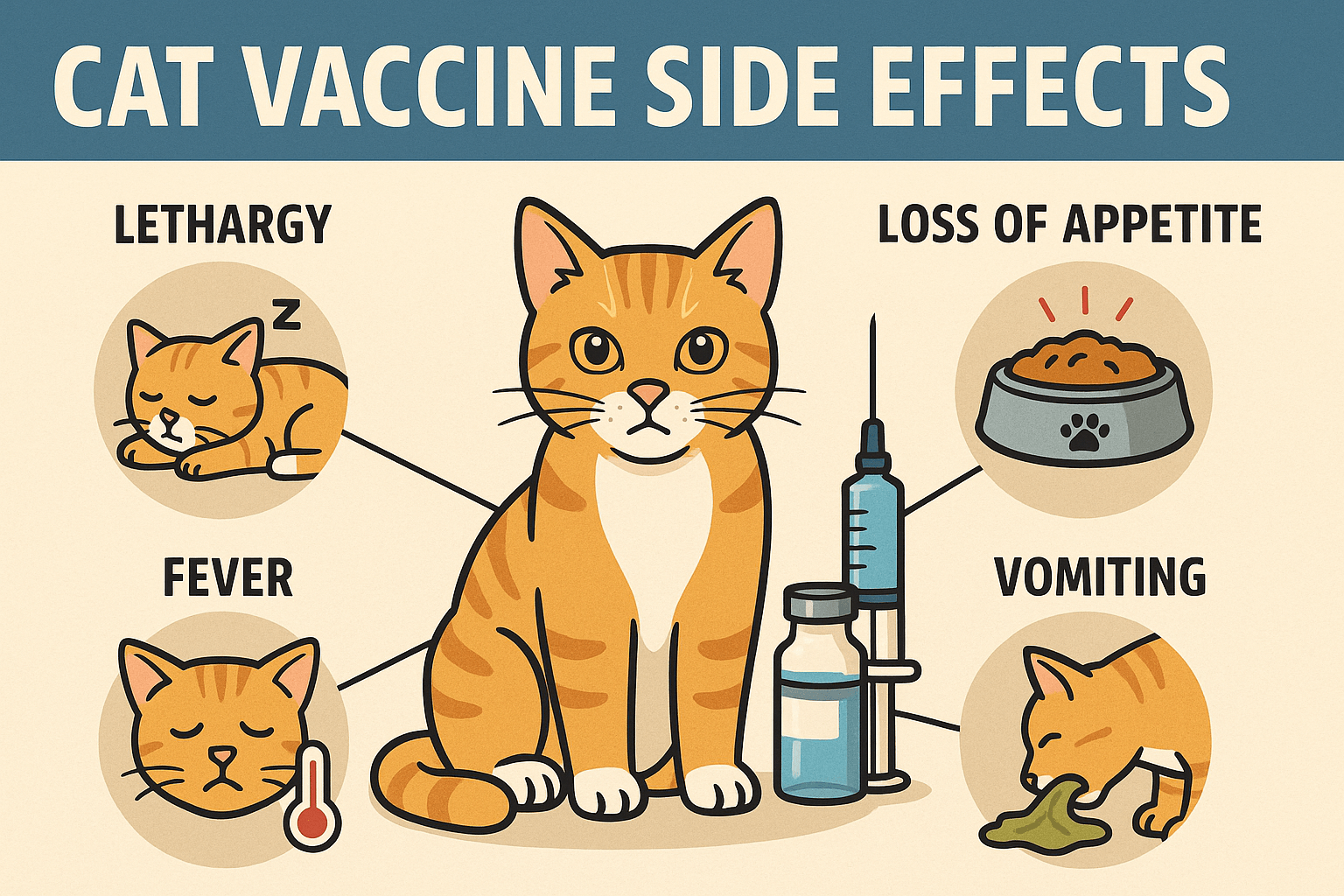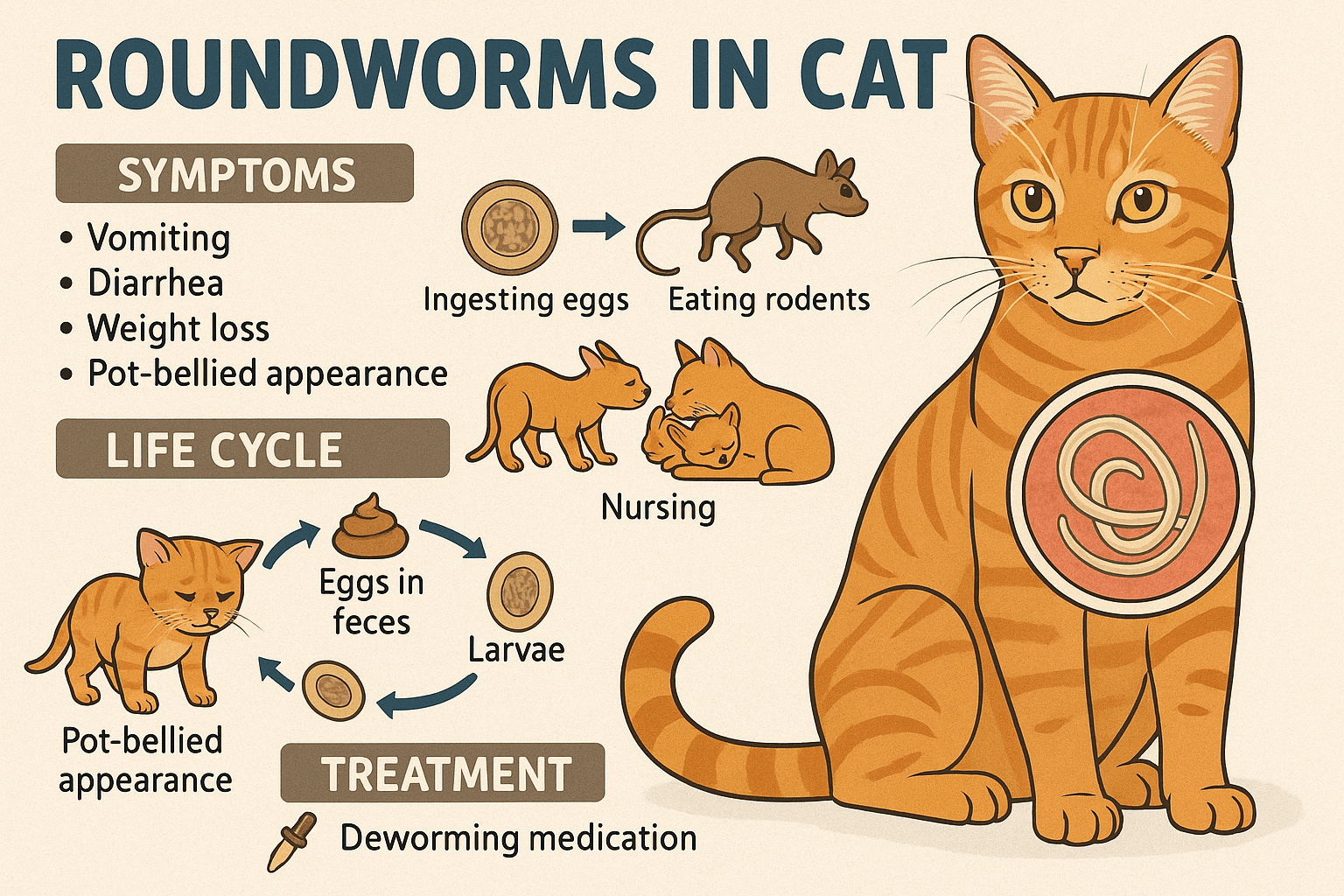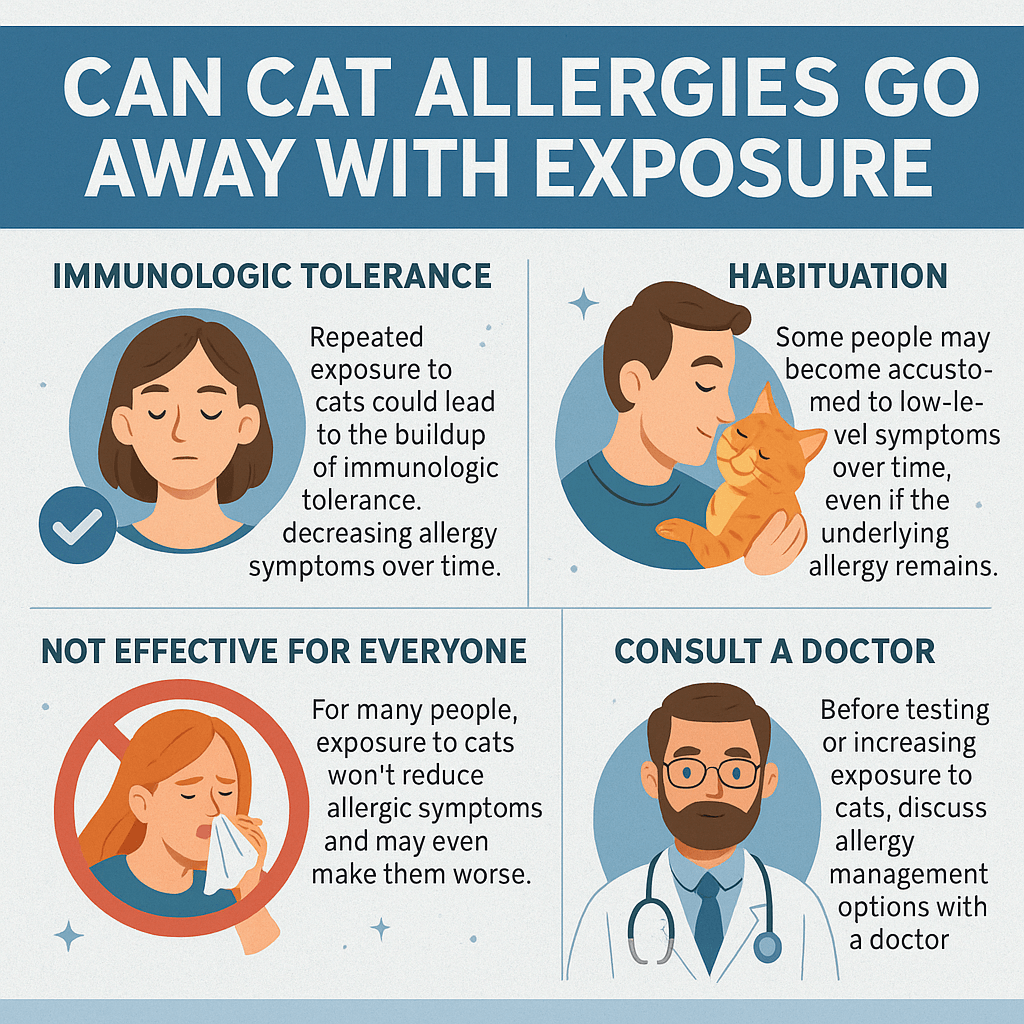Can a Dog Be Allergic to a Cat? Understanding Cross-Species Allergies
When we think of pet allergies, we often imagine humans sneezing around cats or dogs. But what about the reverse scenario—can a dog actually be allergic to a cat? While it might sound unusual, cross-species allergies do exist, and they can affect our furry friends in surprising ways. Dogs, like humans, can develop sensitivities to proteins found in a cat’s dander, saliva, or even skin oils.
In this blog post, we’ll explore the science behind these allergies, how to recognize the symptoms, and what you can do to help your dog live comfortably alongside a feline companion. Whether you’re a multi-pet household or considering adding a cat to your family, understanding this dynamic is key to ensuring harmony between your pets.
Signs Your Dog May Be Allergic to a Cat
If your dog exhibits certain symptoms after being around a cat, it could indicate an allergy. These signs are often similar to those seen in humans with pet allergies. Here’s what to look out for:
Excessive Sneezing
Dogs with allergies may sneeze frequently, especially after close contact with a cat.Itchy Skin
Allergies can cause intense itching, leading to scratching, chewing, or licking of the skin.Watery Eyes
Red, watery, or irritated eyes are common indicators of an allergic reaction.Respiratory Issues
Some dogs may experience coughing, wheezing, or difficulty breathing due to allergens.Ear Infections
Recurrent ear infections or redness in the ears can signal an underlying allergy problem.
If your dog displays any of these symptoms, it’s worth investigating whether a cat allergy might be the culprit. Consulting a veterinarian can provide clarity and guidance on managing the condition.
Common Triggers of Cat-Related Allergies in Dogs
Understanding what triggers a dog’s allergic reaction to a cat is essential for managing their symptoms effectively. Here are the most common culprits:
Cat Dander
Tiny flakes of dead skin shed by cats are a primary allergen and can linger in the air or on surfaces.Saliva Proteins
Cats spread allergenic proteins through their saliva when grooming themselves, which then transfers to their fur and surroundings.Urine and Feces
Proteins found in a cat’s waste can also trigger allergic reactions if a dog comes into contact with them.Environmental Contaminants
Dust mites, pollen, or mold carried by a cat’s fur can exacerbate existing allergies in sensitive dogs.Direct Contact
Close interactions, such as sleeping together or playing, increase exposure to allergens and worsen symptoms.
Identifying these triggers can help you take proactive steps to minimize your dog’s exposure and alleviate discomfort.
Check this guide 👉Medicine for Cat Allergies: Best 7 Expert Tips!
Check this guide 👉Understanding Egg Powder for Cat Allergies: Best 7 Tips!

Managing Dog Allergies | Preventing Allergic Reactions |
|---|---|
Bathe your dog regularly | Keep cats out of your dog’s bed |
Use hypoallergenic bedding | Vacuum frequently to remove dander |
Provide allergy-friendly food | Wash your hands after handling cats |
Consult a vet for medication options | Use air purifiers to reduce allergens |
Monitor symptoms closely | Limit direct contact during flare-ups |
Steps to Help a Dog Cope with Cat Allergies
If your dog is allergic to a cat, there are several strategies you can implement to make life more comfortable for them. Here’s a step-by-step guide:
Minimize Exposure
Create designated areas where the cat isn’t allowed, such as your dog’s sleeping space or feeding area.Clean Regularly
Wash your dog’s bedding and toys weekly to remove accumulated allergens.Groom Both Pets
Regularly bathe and brush both your dog and cat to reduce dander and saliva buildup.Invest in Air Purifiers
Use high-efficiency particulate air (HEPA) filters to trap airborne allergens in your home.Consult a Veterinarian
Seek professional advice for treatments like antihistamines, steroids, or immunotherapy if needed.
By taking these steps, you can significantly reduce your dog’s discomfort and promote a healthier living environment for both pets.
Alternative Solutions for Multi-Pet Households
Living with both a dog and a cat doesn’t have to mean constant stress over allergies. There are creative solutions to ensure both pets coexist peacefully. Consider these alternatives:
Separate Living Spaces
Designate specific rooms or zones for each pet to minimize direct interaction.Supervised Playtime
Allow short, supervised sessions where the dog and cat interact under your watchful eye.Barrier Systems
Install baby gates or pet barriers to keep the animals apart while still allowing visual contact.Allergy-Friendly Cleaning Products
Choose cleaning supplies specifically designed to neutralize pet allergens.Adopt Hypoallergenic Breeds
If possible, consider adopting a cat breed known for producing fewer allergens, such as the Siberian or Balinese.
With thoughtful planning and adjustments, you can create a harmonious home for both your dog and cat despite potential allergies.
Tips for Reducing Cat Allergens in Your Home
Minimizing cat allergens in your home is crucial if your dog is sensitive to them. By implementing these practical tips, you can create a cleaner and more comfortable environment for both pets:
Frequent Vacuuming
Use a vacuum cleaner equipped with a HEPA filter to effectively capture dander and allergens from carpets, rugs, and upholstery.Wash Fabrics Regularly
Launder curtains, throw blankets, and pet bedding weekly to remove accumulated allergens.Declutter Your Space
Reduce clutter where allergens can settle by keeping surfaces clean and organized.Restrict Cat Access
Limit your cat’s access to certain areas of the house, such as your dog’s sleeping or eating spaces.Clean Air Ducts
Schedule regular cleaning of your HVAC system to prevent allergens from circulating throughout your home.
By adopting these habits, you can significantly reduce the presence of allergens and help your dog feel more at ease.
Breeds of Cats That Are Less Likely to Trigger Allergies
If your dog struggles with cat allergies, choosing a hypoallergenic or low-allergen cat breed might be a viable solution. Some breeds produce fewer allergens, making them easier for allergic dogs (and humans) to tolerate:
Siberian Cats
Known for producing lower levels of the Fel d 1 protein, which is a major allergen.Balinese Cats
Often referred to as the “long-haired Siamese,” they are considered hypoallergenic due to their reduced allergen output.Russian Blue Cats
This breed has a dense coat that traps allergens close to their skin, reducing shedding and airborne allergens.Cornish Rex Cats
With minimal undercoat, they shed less and produce fewer allergens compared to other breeds.Devon Rex Cats
Their unique curly coat requires less grooming, which can help minimize the spread of saliva-based allergens.
While no cat is completely allergen-free, these breeds may be a better fit for households with allergy-prone dogs.
Fun Ways to Bond with Both Your Dog and Cat
Living with both a dog and a cat doesn’t have to be stressful—even if one is allergic to the other. There are plenty of ways to foster a loving bond between your pets while managing their needs:
Interactive Playtime
Engage both pets in separate play sessions using toys that cater to their individual preferences.Supervised Snuggle Time
Allow brief, supervised cuddle sessions in a neutral space to build trust between your dog and cat.Reward Good Behavior
Use treats and praise to reinforce calm and friendly interactions between your pets.Create Shared Spaces
Design shared areas where both pets can relax without direct contact, such as adjacent cozy corners.Celebrate Small Wins
Acknowledge progress, no matter how small, to encourage positive relationships over time.
By focusing on gradual introductions and positive reinforcement, you can nurture a peaceful coexistence between your dog and cat.
Frequently Asked Questions About Dogs Being Allergic to Cats
Can dogs really be allergic to cats?
Yes, dogs can develop allergies to proteins found in a cat’s dander, saliva, or skin oils.
How do I know if my dog is allergic to my cat?
Look for symptoms like sneezing, itching, watery eyes, or respiratory issues after exposure to the cat.
Is there a cure for dog allergies to cats?
While there’s no permanent cure, treatments like medication and immunotherapy can help manage symptoms.
Can bathing my cat reduce my dog’s allergies?
Yes, regular grooming can lower the amount of allergens your cat spreads around the house.
Should I rehome one of my pets if my dog is allergic?
Not necessarily; many cases can be managed with proper care and environmental adjustments.
Final Thoughts: Navigating Life with a Dog Allergic to a Cat
While it may seem challenging at first, having a dog that’s allergic to a cat doesn’t mean you need to give up either pet. With patience, creativity, and the right strategies, you can create a loving, harmonious home for both animals. From minimizing allergen exposure to consulting professionals for treatment options, there are plenty of ways to ensure your dog stays happy and healthy. Remember, every pet deserves a safe and nurturing environment—and with a little effort, you can provide just that, even in the face of cross-species allergies. By staying informed and proactive, you’ll strengthen the bond between your pets and enjoy the joys of a multi-species household.
What Can Trigger a Seizure in a Cat? Best 7 Expert Tips! Discover causes, signs, and expert advice to help prevent and manage seizures in cats effectively.
Cat Vaccine Side Effects: Best 7 Expert Tips! Learn about common and rare side effects of cat vaccines, how to manage them, and ensure your feline stays healthy after vaccination.
Roundworms in Cats: Best 7 Expert Tips! Discover expert advice on identifying, preventing, and treating roundworms in cats to keep your feline healthy and parasite-free.
Can Cat Allergies Go Away with Exposure? Best 7 Tips! Discover expert advice on managing cat allergies, reducing symptoms, and understanding how exposure may help or hinder your condition.

